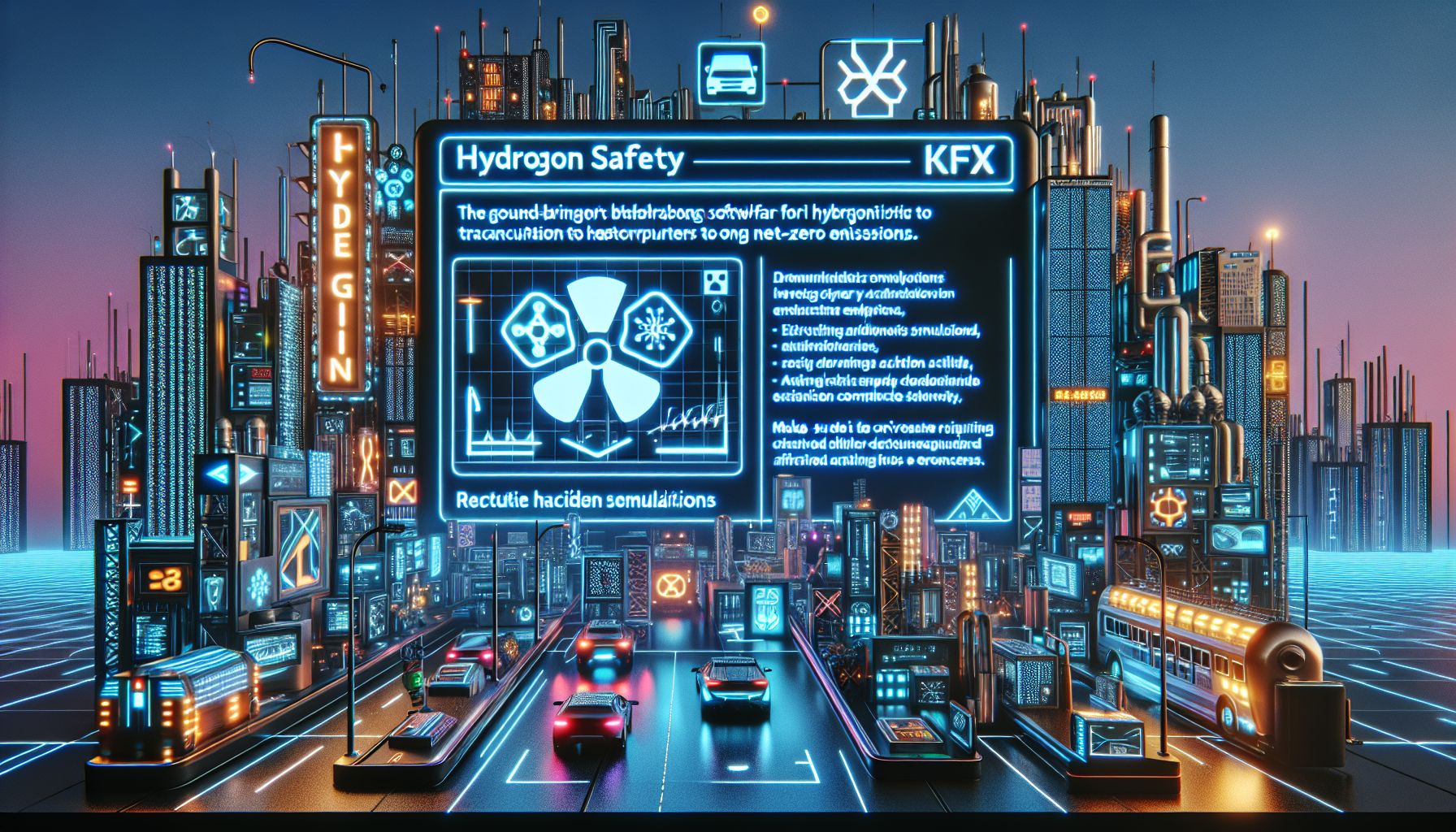DNV Unveils Cutting-Edge Software for Hydrogen Safety

London, Wednesday, 9 July 2025.
DNV’s new KFX software version boosts hydrogen safety, significantly aiding the transition to net-zero. It delivers precise accident simulations, helping energy firms cut risks and costs. Fancy that!
Introduction
Today marks an exciting development in the world of hydrogen safety as DNV, a titan in quality assurance, unveils the latest version of its KFX computational fluid dynamics (CFD) software. This update promises to revolutionize how major energy companies manage risks associated with hydrogen and ammonia, aligning perfectly with the ongoing energy transition to net-zero emissions [1][2].
Advanced Simulation Capabilities
The new KFX software version shines by offering advanced capabilities for simulating gas behavior during accidents. From dispersions to explosions, the software allows operators to design safer installations and significantly cut potential risks. It reads like a futuristic tool but, trust me, it’s very much here-and-now [2][3].
Collaboration and Development
A collaboration with energy giants Equinor, TotalEnergies, Vår Energi, and Horisont Energi over four years made this development possible. Kenneth Vareide, CEO of DNV Digital Solutions, emphasized that solving the industry’s biggest challenges requires such teamwork. This partnership has transformed expertise into practical software, ready to support hydrogen and ammonia safety efforts [1].
Features and Impact
Among its features, the KFX software introduces precise accident simulations. It’s like having a crystal ball that shows you how hydrogen behaves in potential accident scenarios. And the result? It allows companies to tune their safety installations while tackling unnecessary expenses. Efficient and budget-friendly—who wouldn’t want that?[1][4].
The Bigger Picture
In the broader landscape, DNV has been enhancing its risk management merrily. From partnerships like the one with ACCIONA Energía for battery storage assessments to supporting the circular economy, DNV is a significant player in the energy saga. Their efforts to integrate safety with wide-reaching sustainability goals pave the way for a greener future [3].
Conclusion
DNV’s software update signifies more than just a technical leap; it’s a cultural shift toward prioritizing safety in technological innovations. By enhancing hydrogen safety protocols, DNV gives us a glimpse of a future where energy transition doesn’t just mean changing power sources but also protecting both people and the environment [1][2][3].